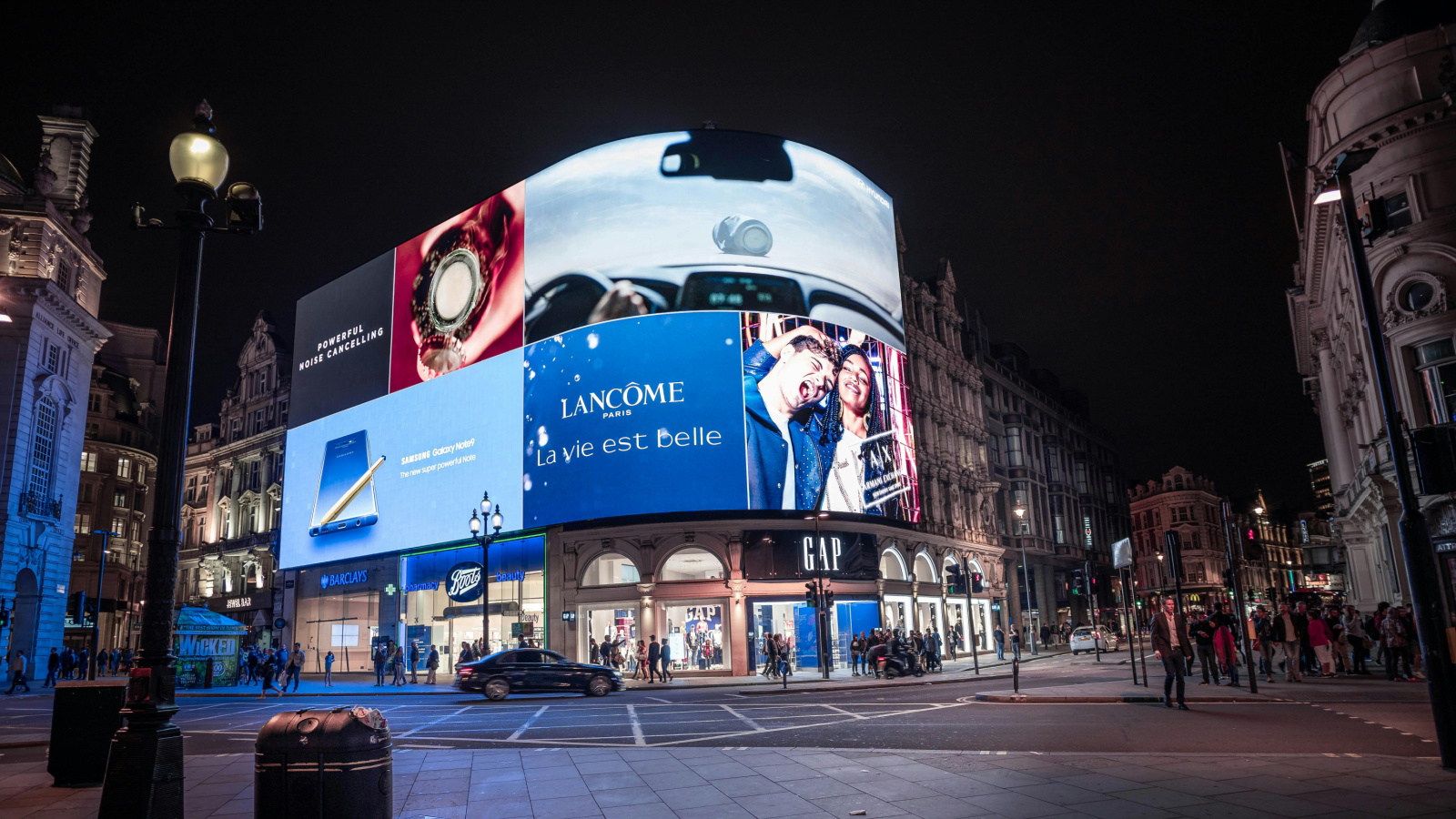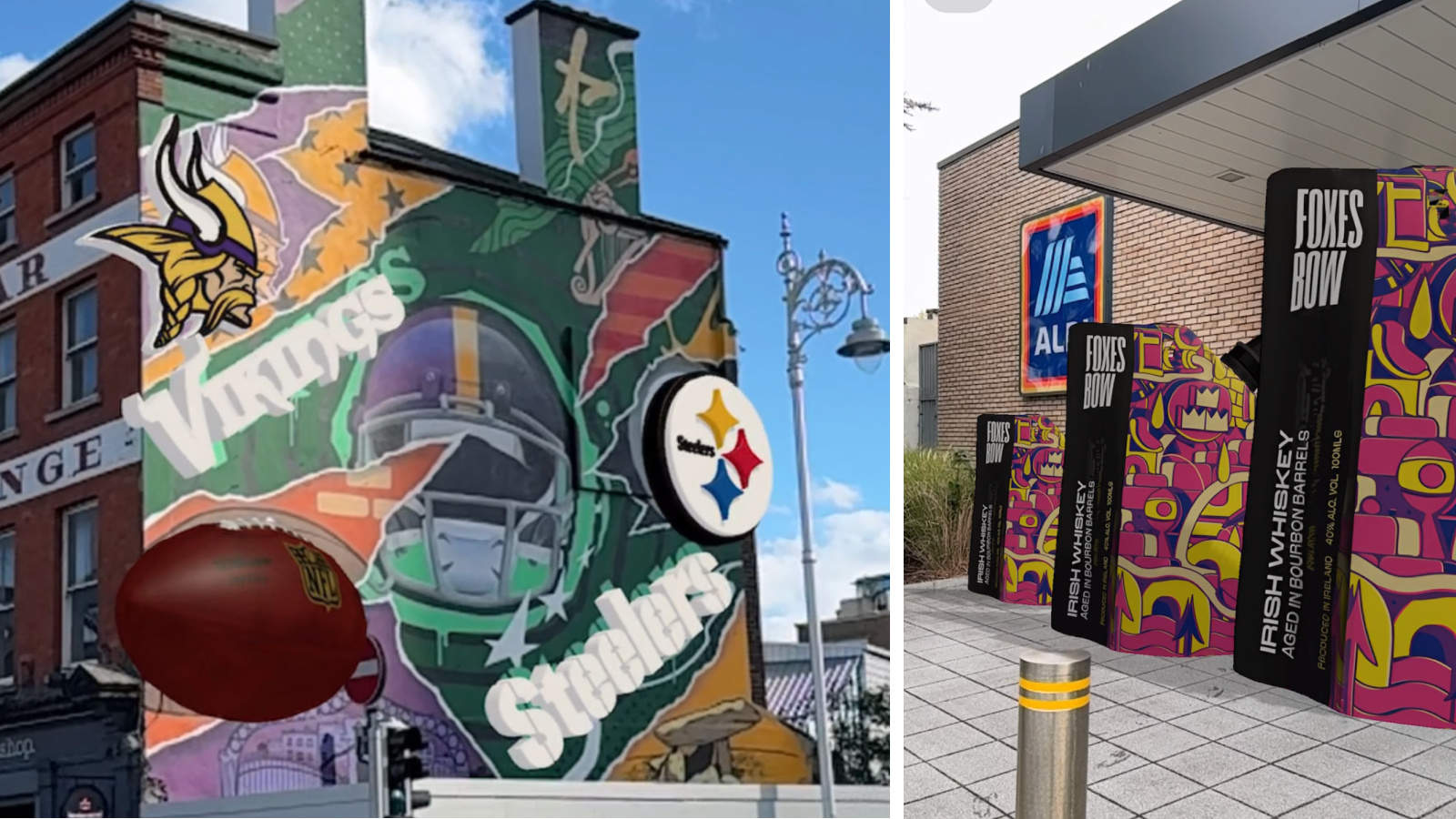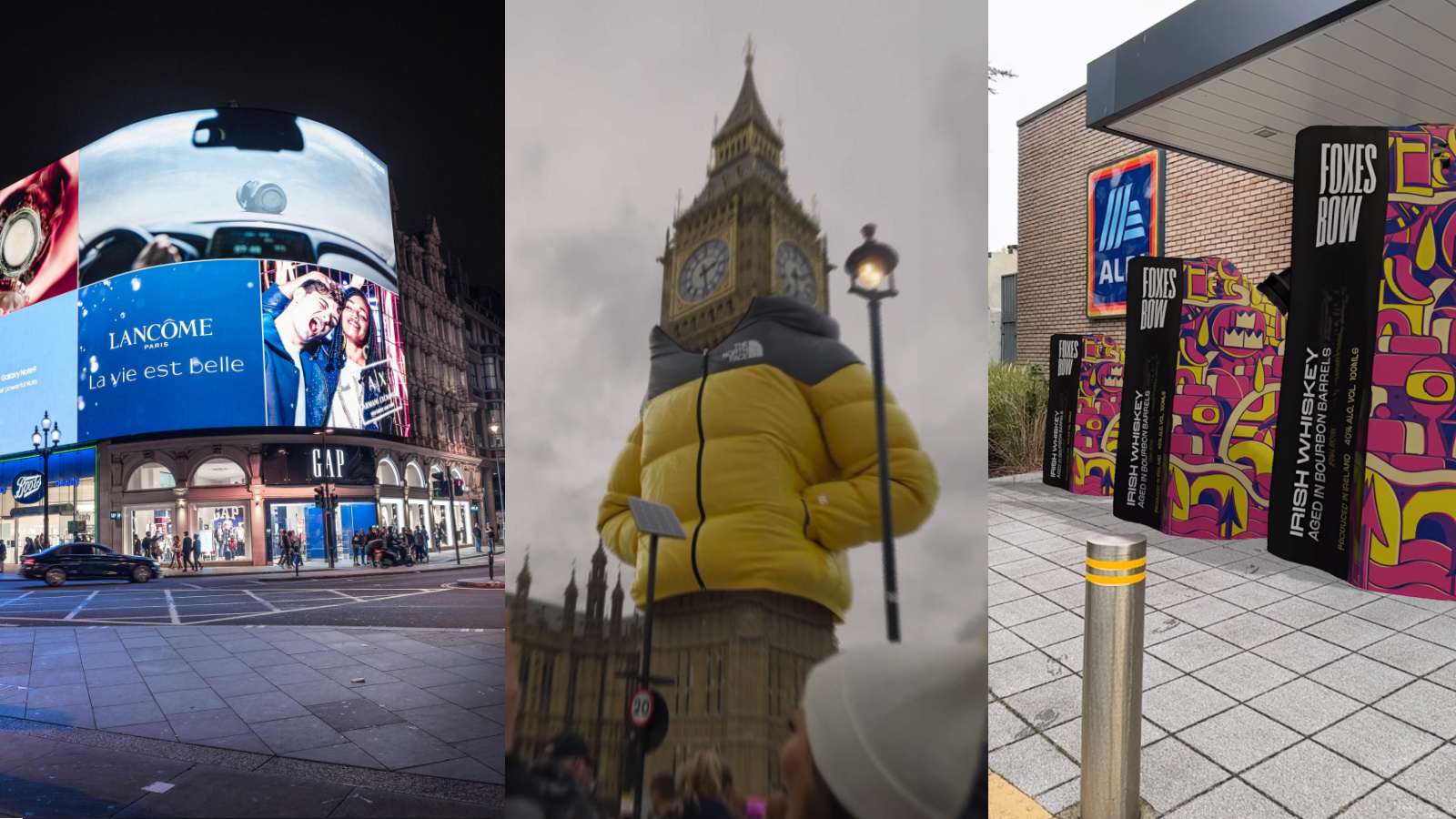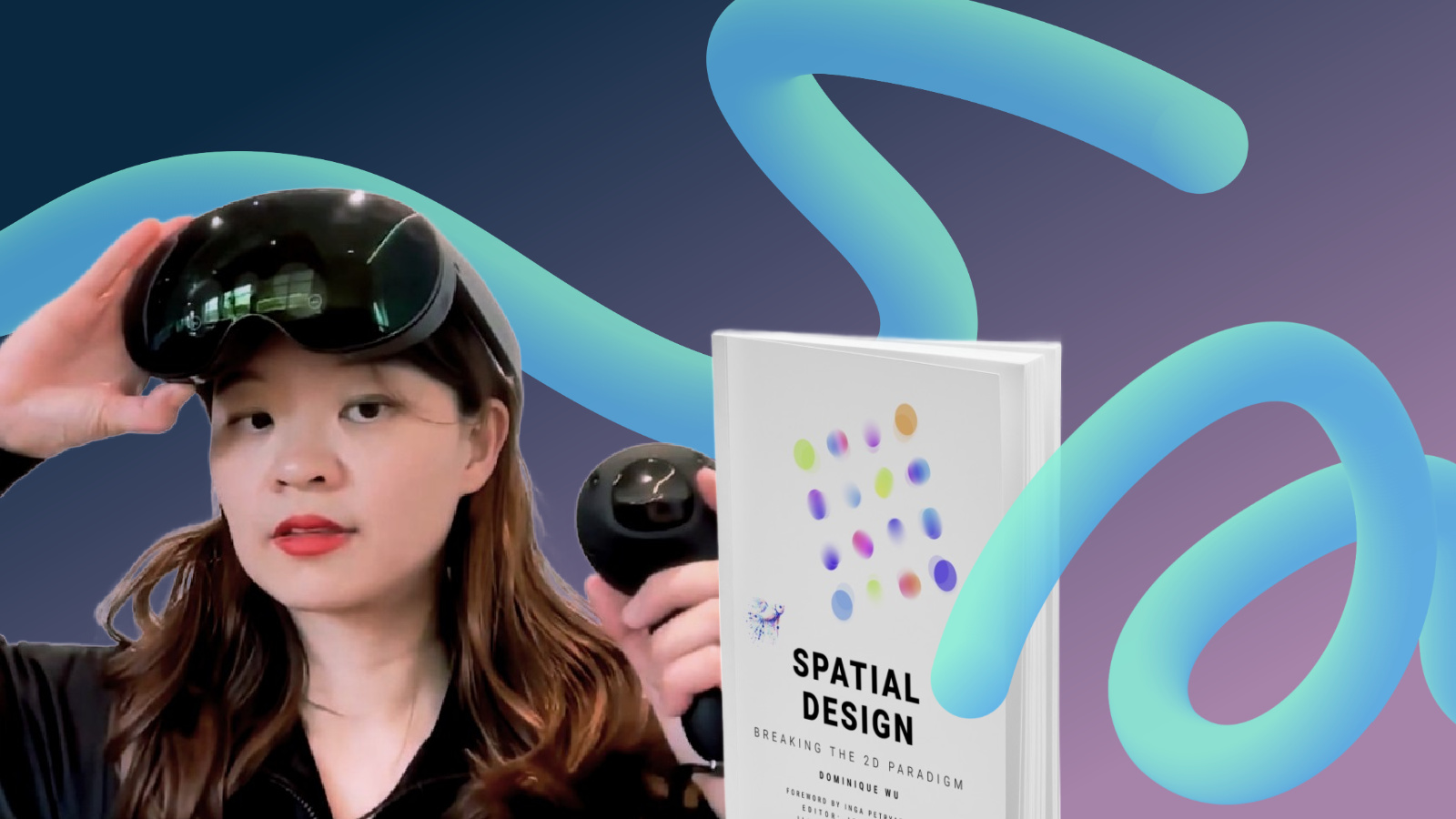Out-of-home advertising is evolving rapidly, and with it comes a growing vocabulary of acronyms. Marketers are now navigating three distinct but connected approaches: DOOH (Digital Out of Home), FOOH (Fake or Faux Out of Home), and ROOH (Reality Out of Home). Each plays a different role in the marketing mix and offers unique opportunities for engagement.

DOOH: Digital Out of Home
DOOH refers to digital billboards, screens, and signage in public spaces. It builds on the legacy of traditional out-of-home by adding dynamic, real-time capabilities. Marketers can adjust messaging by time of day, location, or even weather conditions.
The strength of DOOH lies in scale and adaptability. It enables broad reach in high-traffic environments while allowing for creative flexibility. However, it remains largely a passive medium, relying on eye-catching visuals and clever messaging to cut through the noise of busy urban landscapes.

FOOH: Fake or Faux Out of Home
FOOH campaigns take a different route. These are computer-generated illusions of out-of-home activations, typically shared on social media. A giant product bursting from a billboard or an oversized object roaming through a city square may never exist in reality, but they can be designed to go viral online.
FOOH delivers amplification and cultural buzz without the costs or constraints of real-world production. Yet, it carries limitations. As audiences become more aware of the CGI trick, the sense of wonder can fade. The impact is often confined to short-term virality rather than long-lasting engagement.

ROOH: Reality Out of Home
ROOH is an emerging category that brings immersive, interactive experiences into the physical world. Rather than presenting content on a screen or simulating it in a video, ROOH uses real spaces as the medium. This can include location-based storytelling, augmented reality activations, or participatory experiences that people encounter in their everyday environments.
The power of ROOH lies in its ability to connect people to place. Because the experiences happen in the real world, they carry a tangible sense of presence and memorability. They invite participation rather than passive viewing and often generate stronger emotional resonance and word-of-mouth.
ROOH, or Reality out of Home, enables brands to deliver experiential marketing experiences that fans and customers can try themselves. This often leads to significant increase in user generated content for the brand and can also drive footfall to a location in order to create a meaningful connection with a brand and create a sense of community.
ROOH experiences are now possible to create on Lureo - a no-code tool for creators of all levels
The Shift Ahead
Taken together, DOOH offers reach, FOOH offers shareability, and ROOH offers depth of impact. For marketers, the choice is not which one is “best” but how each can play to its strengths within a campaign.
What has changed is accessibility. Until recently, ROOH required heavy investment, bespoke development, and technical expertise. Now, platforms such as Lureo make it possible for agencies, creators, and marketers to build and deploy these real-world immersive experiences without specialist teams. This democratization means ROOH can sit alongside DOOH and FOOH as a viable, scalable tool in the marketing arsenal.




.jpg)





